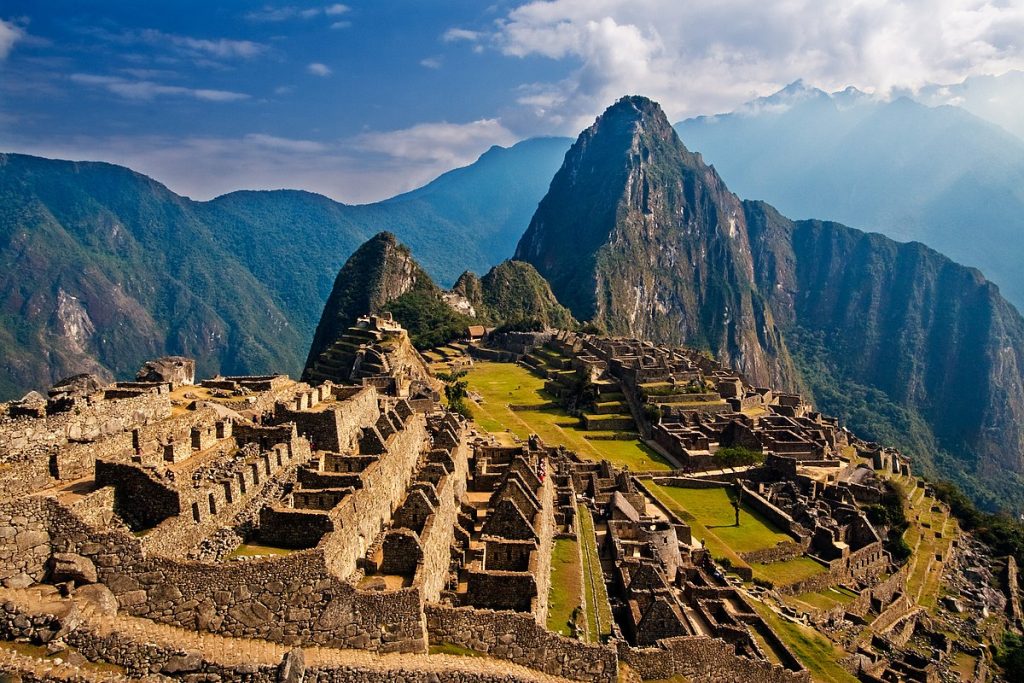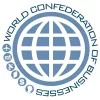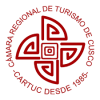
Machu Picchu History
Machu Picchu, the ancient Inca city nestled high in the Andes Mountains of Peru, is not only a UNESCO World Heritage Site but also one of the New Seven Wonders of the World. This awe-inspiring archaeological site has captivated the world with its rich history and stunning architecture. In this article, we will delve into the intriguing story of Machu Picchu, from its discovery to its significance in modern times.
The Discovery of Machu Picchu
Machu Picchu remained unknown to the outside world until its discovery in 1911 by Hiram Bingham, an American explorer. While searching for the lost city of Vilcabamba, Bingham stumbled upon the hidden ruins, which had been abandoned by the Inca Empire for centuries. This remarkable find shed light on the existence of an advanced civilization that had thrived in the Peruvian mountains.The Inca Empire and its Influence
The Inca Empire, known for its remarkable engineering feats and advanced agricultural practices, ruled over a vast territory in South America from the 13th to the 16th century. Machu Picchu is believed to have been built as a royal estate for the Inca emperor Pachacuti, serving as a testament to the empire’s architectural prowess and cultural significance.Architecture and Design of Machu Picchu
The architecture of Machu Picchu showcases the Inca’s mastery of stone craftsmanship. The city is built with precision, utilizing massive stone blocks that fit together seamlessly without the use of mortar. The design incorporates terraces, temples, and residential areas, all harmoniously blending into the natural landscape.The Purpose and Function of Machu Picchu
The exact purpose of Machu Picchu remains a topic of debate among historians and archaeologists. Some theories suggest that it served as a ceremonial center or a retreat for the Inca elite, while others propose that it was an agricultural hub. Regardless of its primary function, Machu Picchu is undeniably a testament to the Inca’s ingenuity and their deep connection with nature.The Abandonment and Rediscovery of Machu Picchu
After the Spanish conquest of the Inca Empire in the 16th century, Machu Picchu was abandoned and left to be reclaimed by the jungle. It remained hidden until Bingham’s rediscovery, which sparked global curiosity and fascination with this lost city. Since then, Machu Picchu has become a symbol of Inca heritage and a mecca for travelers seeking to unravel its mysteries.Preservation and UNESCO World Heritage Site Status
Recognizing the historical and cultural significance of Machu Picchu, UNESCO declared it a World Heritage Site in 1983. Efforts have been made to preserve and protect this ancient wonder, including the implementation of strict visitor regulations and ongoing restoration projects. Today, Machu Picchu stands as a testament to the importance of safeguarding our world’s cultural heritage.Machu Picchu Today: Visiting the Ancient City
Machu Picchu continues to attract visitors from around the globe who are eager to experience its majestic beauty firsthand. To ensure its preservation, a limited number of visitors are allowed each day, and advance tickets are required. Exploring the ancient city, hiking the Inca Trail, and witnessing the sunrise over the ruins are experiences that will leave a lasting impression on any traveler.The Significance of Machu Picchu in Modern Times
Machu Picchu’s allure extends beyond its historical significance. It has become a symbol of Peru’s rich cultural heritage and a source of national pride. The site also plays a crucial role in promoting tourism and supporting the local economy. Additionally, Machu Picchu serves as a reminder of the importance of preserving our planet’s natural and cultural treasures for future generations.Conclusion
Machu Picchu stands as a testament to the ingenuity, resilience, and cultural legacy of the Inca Empire. From its discovery to its significance in modern times, this ancient city continues to captivate the world with its enchanting past. Whether you are a history enthusiast or an adventurous traveler, a visit to Machu Picchu is an experience that will undoubtedly leave you in awe of the wonders of our world.Frequently Asked Questions
1. When was Machu Picchu built?
Machu Picchu is believed to have been built in the 15th century during the reign of the Inca emperor Pachacuti.2. How was Machu Picchu rediscovered?
Machu Picchu was rediscovered in 1911 by Hiram Bingham, an American explorer who stumbled upon the ruins while searching for the lost city of Vilcabamba.3. Can I visit Machu Picchu?
Yes, you can visit Machu Picchu. However, it is important to plan your visit in advance and obtain the necessary permits and tickets.4. What is the best time to visit Machu Picchu?
The best time to visit Machu Picchu is during the dry season, which runs from May to October. This period offers more favorable weather conditions for exploring the site and hiking the surrounding trails.
Top Tours in Peru 2023
- Tour in Peru 5 days visit: Cusco, Machu Picchu, Sacred Valley and Rainbow Mountain
- Tour in Peru 5 days visit: Cusco, Machu Picchu, Sacred Valley and Humantay Lagoon
- Tour in Peru 9 days: Lima, Paracas, Nazca, Cusco, Valley, Machu Picchu, Lake Titicaca
- Tour in Peru 10 days visit: Lima, Cusco, Sacred Valley Machupicchu, Piura, Máncora
- Tour in Peru 15 days: Lima, Cusco, Valley, Machu Picchu, Lake Titicaca – Puno, Colca Canyon – Arequipa, Lima, Amazon River – Iquitos
- Tour in Peru 15 days: Lima, Paracas – Nazca, Colca Canyon – Arequipa, Lake Titicaca – Puno, Cusco – Sacred Valley, Machu Picchu, Lima
Tour from 1 to 30 days in Peru includes hotel, transportation, income and more
- Tour in Peru 1 day Machu Picchu in one day with the Train Company “Inca Rail”
- Tour in Peru 1 day Machu Picchu in one day with the Train Company “Peru Rail”
- Tour in Peru 2 days Machu Picchu and Sacred Valley
- Tour in Peru 2 days Machupicchu and Huaynapicchu
- Tour in Peru 3 days and 2 nights visit: Cusco, Machu Picchu
- Tour in Peru 4 days Cusco, Machu Picchu, Valley
- Tour in Peru 4 days with 1 night in Machu Picchu
- Tour in Peru 5 days visit: Cusco, Machu Picchu, Sacred Valley, Maras Moray
- Tour in Peru 5 days visit: Cusco, Machu Picchu, Sacred Valley and Rainbow Mountain
- Tour in Peru 5 days visit: Cusco, Machu Picchu, Sacred Valley and Humantay Lagoon
- Tour in Peru 5 days visit: Lima, Cusco, Machu Picchu, Sacred Valley
- Tour in Peru 6 days visit: Lima, Cusco, Machu Picchu, Sacred Valley, Lake Titicaca
- Tour in Peru 7 days: Lima, Arequipa, Colca Canyon, Cusco, Sacred Valley, Machu Picchu
- Tour in Peru 7 days: Lima, Cusco, Sacred Valley, Machu Picchu, Nazca, Paracas, Ballestas
- Tour in Peru 7 days: Lima, Valley, Machu Picchu, Puno, Lake Titicaca, Uros
- Tour in Peru 8 days visit: Lima, Paracas, Nazca, Cusco, Valley, Machu Picchu, Lake Titicaca
- Tour in Peru 9 days: Lima, Paracas, Nazca, Cusco, Valley, Machu Picchu, Lake Titicaca
- Tour in Peru 10 days visit: Lima, Cusco, Sacred Valley Machupicchu, Piura, Máncora
- Tour in Peru 11 days visit: Lima, Machu Picchu, Lake Titicaca, Puno, Colca Canyon, Arequipa
- Tour in Peru 11 days visit: Lima, Nazca, Machupicchu, Cusco, Puno, Lake Titicaca
- Tour in Peru 15 days: Lima, Cusco, Valley, Machu Picchu, Lake Titicaca – Puno, Colca Canyon – Arequipa, Lima, Amazon River – Iquitos
- Tour in Peru 15 days: Lima, Paracas – Nazca, Colca Canyon – Arequipa, Lake Titicaca – Puno, Cusco – Sacred Valley, Machupicchu, Lima
- Tour in Peru 20 days: Lima, Cruise on the Amazon River – Iquitos, Lima, Huacachina, Nazca Lines, Ballestas – Ica, Colca Canyon – Arequipa, Cusco, Sacred, Machu Picchu
- Tour in Peru 22 days: Lima, Señor de Sipán – Chiclayo, Chan Chan – Trujillo, Lima, Paracas, Nazca, Colca Canyon – Arequipa, Lake Titicaca Puno, Cusco, Valley, Machu Picchu
- Tour in Peru 25 days: Lima, Nazca, Machupicchu, Trujillo, Chiclayo, Lord of Sipan, Chavín De Huántar, Arequipa, Cusco
- Tour in Peru 30 days: Lima, Chan Chan Trujillo, Sipan Chiclayo, Kuelap Chachapoyas, Baños del Inca Cajamarca – Paracas, Nazca, Colca Arequipa, Titicaca, Cusco, Valle, Machu Picchu
Inca Trail to Machu Picchu
- Inca Trail 2 days to Machu Picchu
- Inca Trail 4 days to Machu Picchu
- Inca Trail 4 days to Machu Picchu”Lujo”
- Inca Trail to Choquequirao 4 days
- Inca Trail to Choquequirao 5 days
- Inca Trail through the Nevado Salkantay 4 days to Machu Picchu with Sky Camp
- Inca Trail through the Nevado Salkantay 5 days to Machu Picchu with Sky Camp
testimony of our passengers
Book your tour or ask your questions
| E-mail: info@machupicchu.com.pe | MOVIL: +51-977777777 |
| E-mail: mapitravel@hotmail.com | MOVIL: +51-984630919 |
| E-mail: machupichutravel@gmail.com | MOVIL: +51-984654111 |










